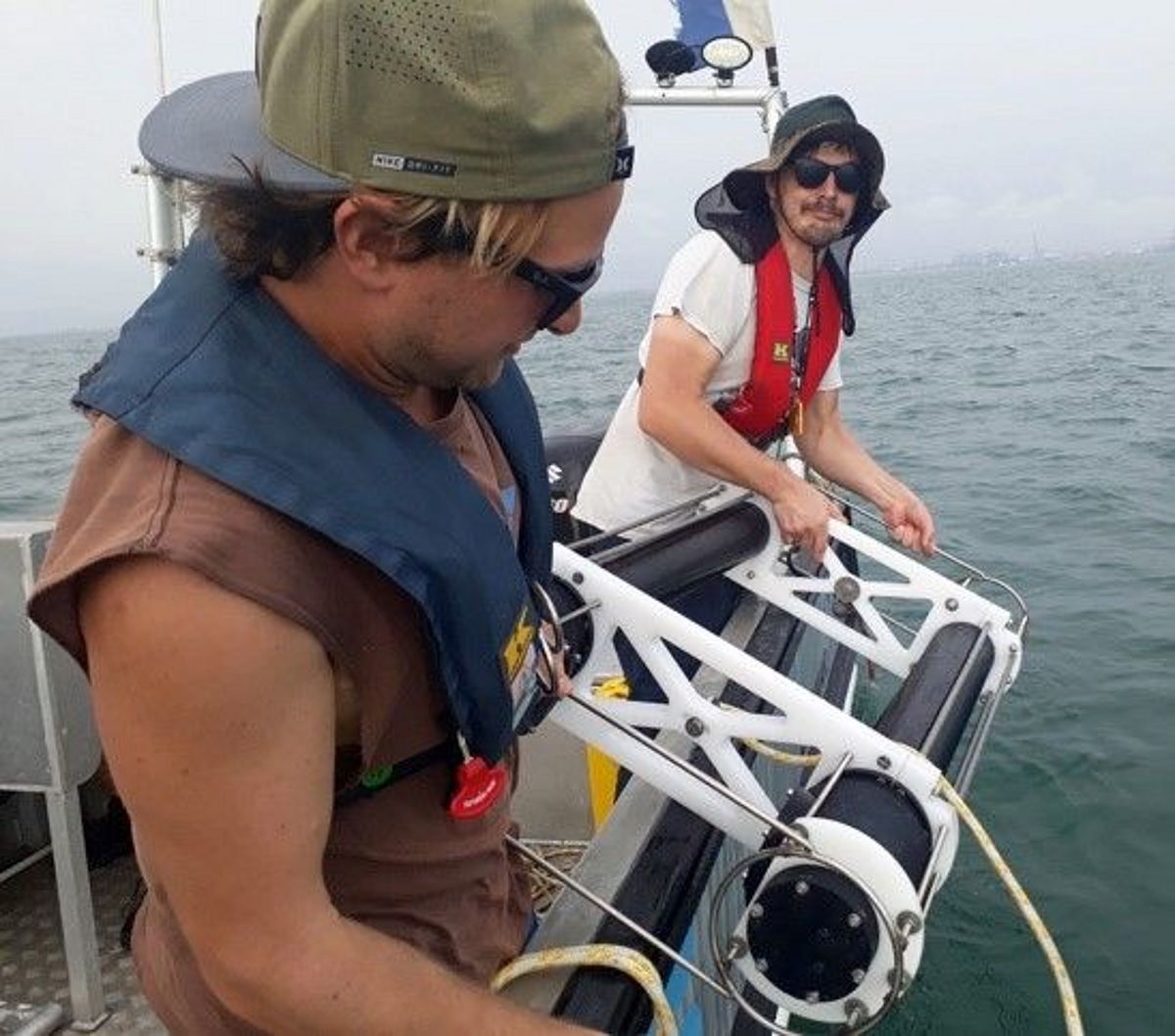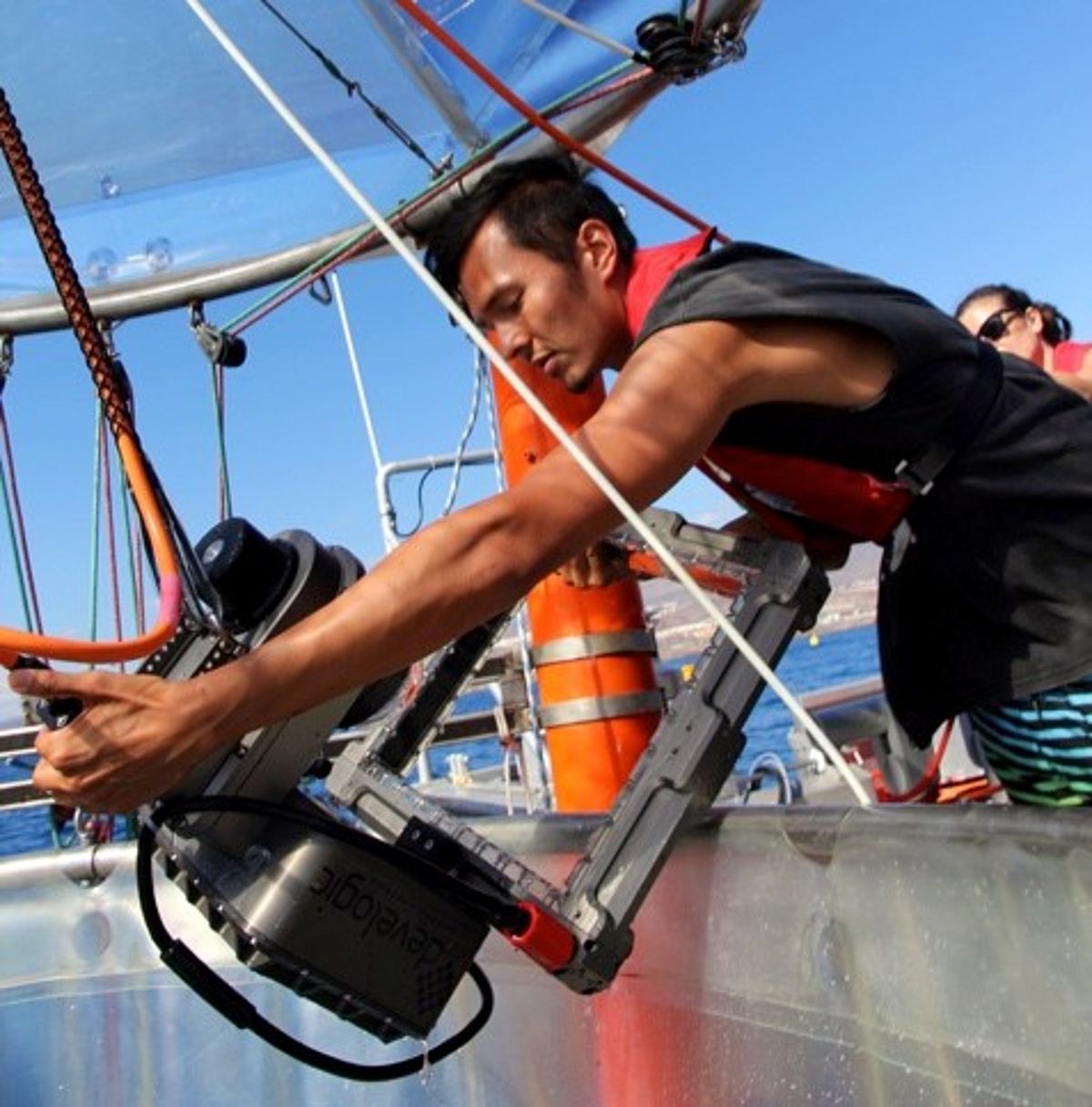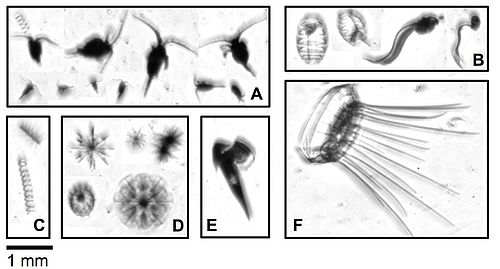Head of the Research Division 2 - Marine Biogeochemistry (RD2):
Prof. Dr. Anja Engel
GEOMAR Helmholtz Centre
for Ocean Research Kiel
Seefischmarkt / Building 5
Wischhofstrasse 1-3
24148 Kiel
Tel.: +49 (0) 431-600-1510
E-Mail: aengel(at)geomar.de
Administrative Assistant/Office Manager:
Silvana Gagliardi
Tel.: +49 (0) 431-600-4445
E-Mail: office-fb2(at)geomar.de





